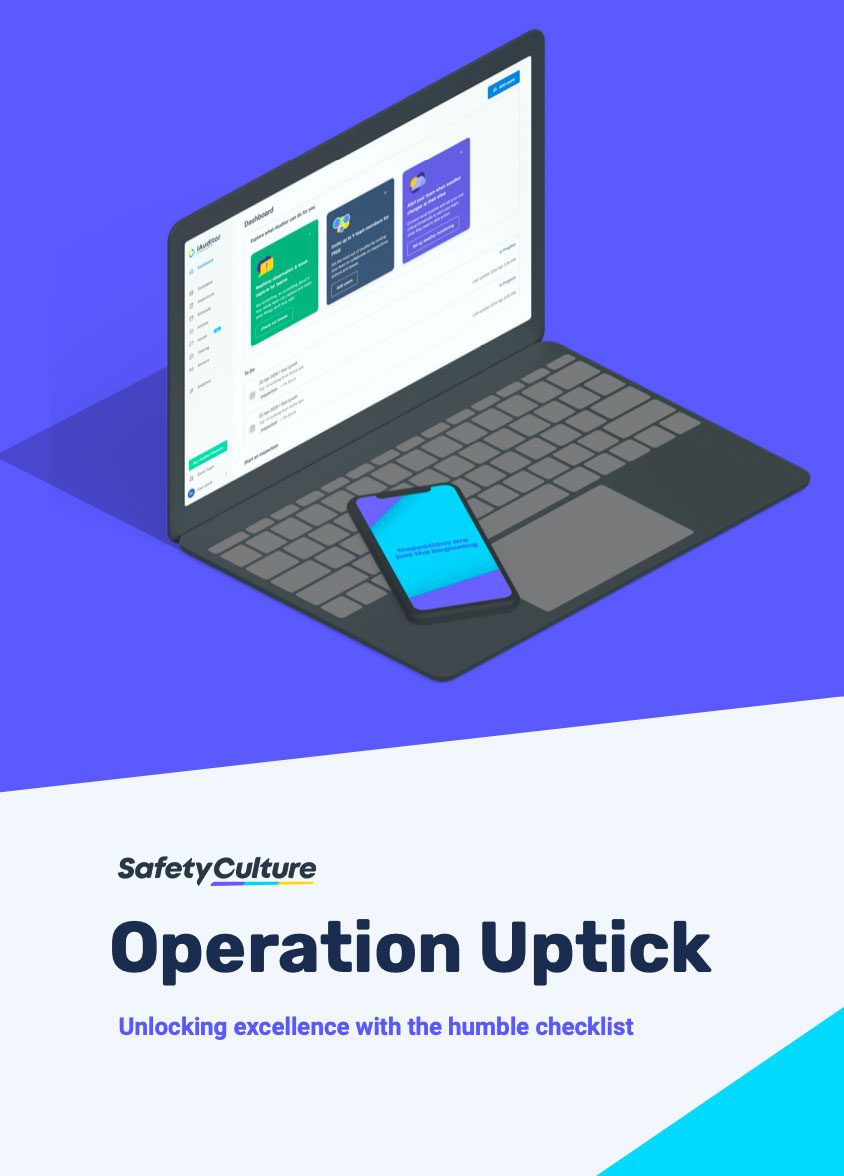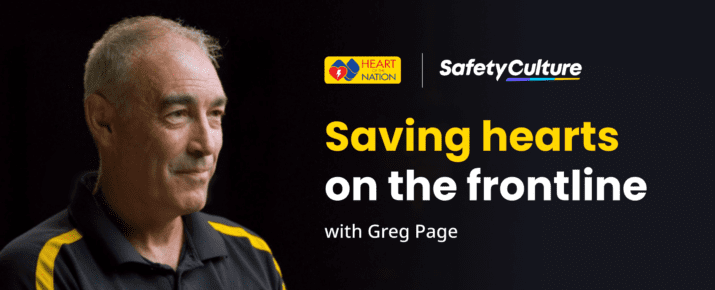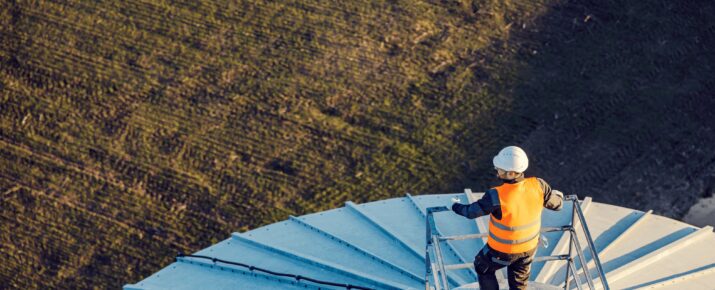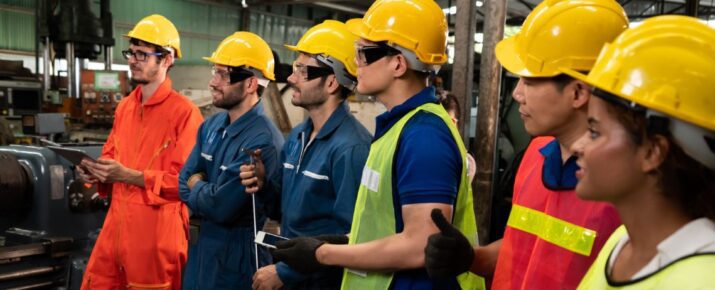How to prepare teams for challenges that don’t exist yet
Ask The Experts | By | 13 May 2021 | 4 minute read


Adi Gaskell, SafetyCulture guest contributor, Future of Work columnist at Forbes, advisor for the European Institute of Innovation & Technology, and mentor for startups through Startup Bootcamp. Adi has a masters degree in IT, specializing in artificial intelligence and has spent 15 years working with startups, corporates, consultancies, government agencies, and universities.
A few years ago in the midst of the “computers are taking our jobs” furor a stat was pulled from a report from the Department of Labor to illustrate the tremendous change in the labor market. The paper, which was published in 1999, supposedly claimed that 65% of the jobs children entering the education system at the time would go on to have had not yet been invented yet.
It’s a bold claim that quickly grabbed popular attention, being quoted by the likes of the World Economic Forum in their exploration of the future of jobs. The claim was then gazumped by a second report in 2018, from Dell and the Institute of the Future, which claimed that 85% of the jobs learners today will be doing by 2030 have yet to be invented.
“The pace of change will be so rapid that people will learn ‘in the moment’ using new technologies such as augmented reality and virtual reality. The ability to gain new knowledge will be more valuable than the knowledge itself,” the authors explain.
It’s easy to scoff at such suggestions, not least as the original statistic supposedly pulled from the Department of Labor doesn’t really seem to appear anywhere in the report, but the point is perhaps that jobs are fundamentally changing in response to the changing nature of the world around us.
Shifting sands
Similar perturbations are affecting our organisations. We live in the midst of the 4th industrial revolution, where the winds of digital destruction swirl around us at a furious pace. Yet in the eye of this storm, change has been happening far slower.
Back in 2017 SAP released data showing that just 3% of organisations had achieved satisfactory results from their digital transformation efforts. This was followed a year later by a second report from MIT Sloan and Deloitte Digital, which revealed that for many organisations, it was more of a gentle breeze of disruption than a howling wind.
Of course, the various predictions about the future were made before the pandemic came and turned a gentle breeze into a raging hurricane that demanded many of us to pivot on a sixpence in order to survive. Millions of businesses around the world were forced to close their doors by lockdown measures. Thousands of them would never open them again.
Such has been the pace and breadth of change forced upon us by the pandemic that the world is awash with predictions about just what the post pandemic world might look like. Will we all work from home? Will travel, and in particular air travel, ever recover? Will the high street be permanently changed after our mass transition to online shopping?
There have been endlessly fascinating discussions around each of these topics, but the reality is that none of us really know what life will be like in a post-pandemic world, and that is largely okay.
Speed of learning
The so-called “learning organisation” has gone through a number of iterations over the years in an attempt to better adapt to the changes in its environment. The first generation was typified by the continuous improvement movement popularised by W. Edwards Deming and brought to mass attention by Toyota.
The second generation focused less on optimising what you were already doing and more on ensuring that the “innovator’s dilemma” does not befall you and you’re able to pivot successfully into new domains. It’s a form of learning that allowed Netflix, for instance, to pivot from DVD rentals to streaming services.
The third generation aims to apply technologies to allow a much broader range of stakeholders to engage in the change process. It marks a transition famously referred to by Stephan H. Haeckel as from “make and sell” to “sense and respond”.
It’s a world in which organisations are increasingly able to tap into data from the front lines of their business in real-time. They can instantly understand what is happening in their supply chains or wider stakeholder network. Social platforms allow for constant engagement with both the entire workforce and customers from around the world, enabling businesses to increase TikTok engagement and strengthen their online presence. This provides organisations with an unheralded ability to perform the “sensing” part, as they have the tools now to understand their environment like never before.
“Fast access to critical data has been incredibly important over the course of the pandemic, as all employees – from senior leadership to front-line workers – have been required to stay vigilant and respond to any health-related safety precautions or concerns that arise,” says SafetyCulture CTO James Simpson. “While additional resources may play a role in keeping up with a quick cycle of information and action, another significant factor is changing the way we as organisations work.”
The challenge then becomes how to align the organisation so that it can effectively “respond” to the information it is receiving. There have been numerous theories around how organisations can best achieve this, from managerless organisations to agile and holacracy. All have their supporters and their detractors, but what all have in common is the desire to better enable organisations to sense their environment and react effectively to what they have learned.
As such, perhaps the most important takeaway from the pandemic is not in a sense of hypothesising about what the future might have in store, but instead to truly appreciate how effective many organisations were in stripping away the bureaucratic hurdles that often inhibit change, simply because they had no other choice than to do so. This allowed for a speed of response that would previously have been unthinkable.
If there is one lesson to be learned, it should be that many of those hurdles were not necessary and that we would be well advised not to re-erect them again when we finally enter more benign times.

Dig into the insights you need to reset your operations and get back on track.
Download the full report here.
Important Notice
The information contained in this article is general in nature and you should consider whether the information is appropriate to your specific needs. Legal and other matters referred to in this article are based on our interpretation of laws existing at the time and should not be relied on in place of professional advice. We are not responsible for the content of any site owned by a third party that may be linked to this article. SafetyCulture disclaims all liability (except for any liability which by law cannot be excluded) for any error, inaccuracy, or omission from the information contained in this article, any site linked to this article, and any loss or damage suffered by any person directly or indirectly through relying on this information.





